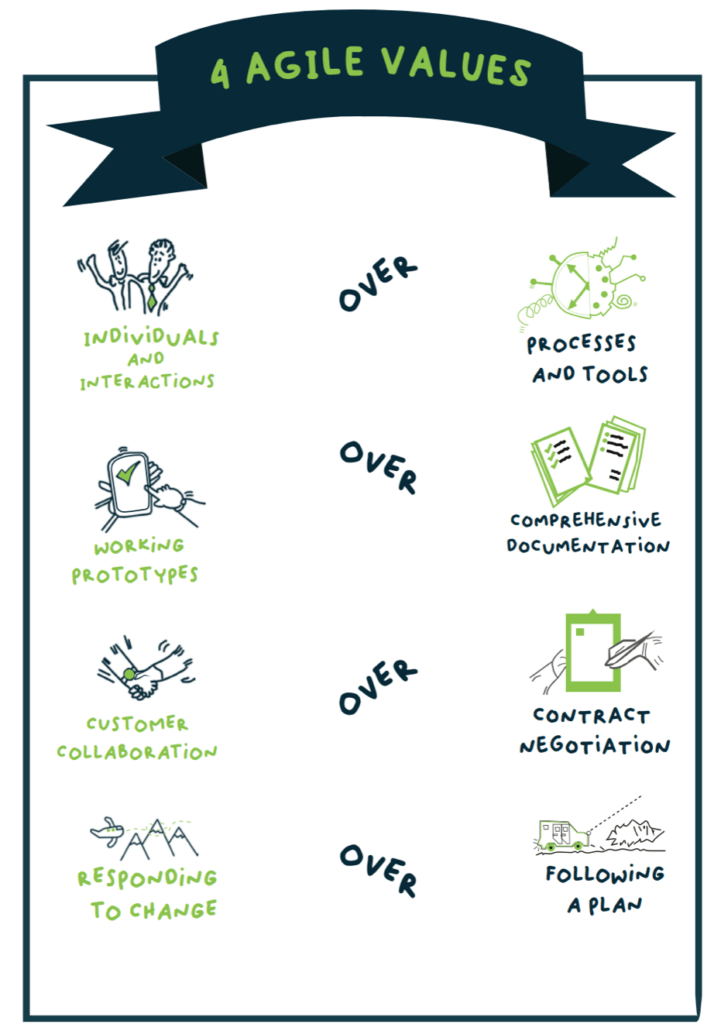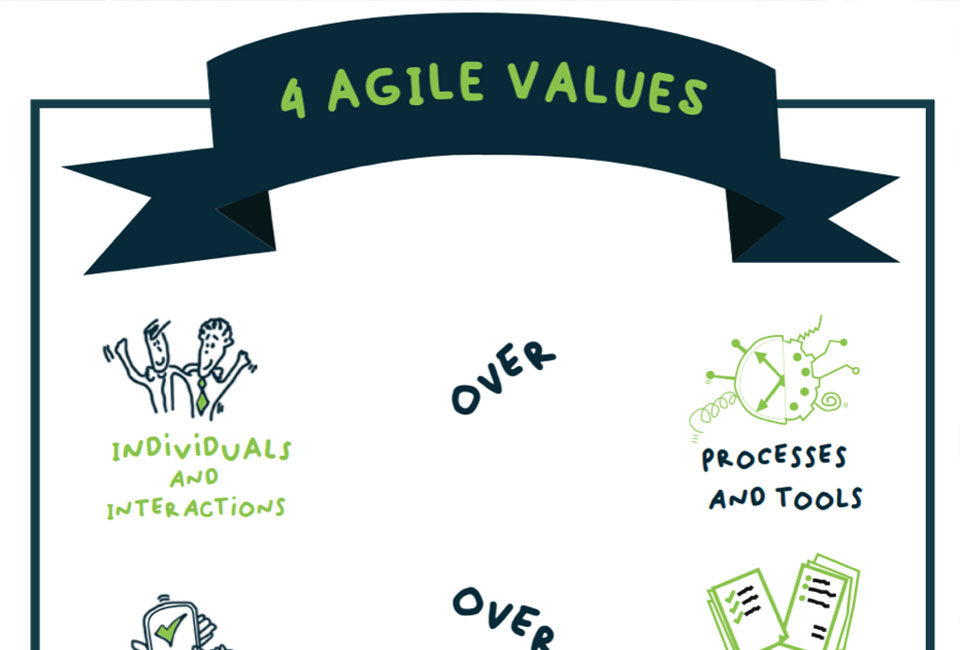Being agile means being ready for change in every sense of the word
As the environment is in the process of constant change, as we, people are as well, we just need to be aware of it and act accordingly with the change. We need to understand that change is part of us, and part of our world, and it is inevitable.
If one has agile mentality, the change is always to be expected. Changes do not come occasionally, they are constant, and one need to learn to live as part of that river of change – to flow, to learn to pass through rapids and rocks.
- Agility means flexible response to new events, ease of adapting to change.
- Agility means learning, accepting new things, constant growth, and progress.
- Agility is accepting criticism with an open mind – openness to new ideas.
- An Agile person has challenges, not problems. He/She is ready to invest extra energy to overcome a new situation and learn from it.
- An Agile person is self-aware, not vain, is willing to learn from the better and is transparent about his/her knowledge.
- An Agile person is ready to leave the comfort zone, is ready for effort and additional endeavour, because he/she knows that this will bring him/her a reward – a new perspective, new knowledge.
- Agility is an unlimited evolution into a better self.

Agile product development
In the world of competition and constant evolution of the working environment towards increasing productivity, quality, and satisfaction, we want to be among the first to achieve the best possible results in the interest of maintaining business. Knowing that the one who changes is actually constantly learning and getting better, we have to do the same in order to be competitive.
A group of 17 independent agile persons, that are also engineers, met in 2001 and wrote the Manifesto for Agile Software Development, which reads as follows:
We discover better ways to develop software by developing software ourselves and helping others develop it. Throughout this work, we learned to value more:

In other words, although we appreciate the importance of the factors presented on the right side, we value the items presented on the left side more.
The last of the four sentences of the Manifesto emphasizes that reaction to change is important. We should notice that this value permeates through the first three sentences as well. Further, on the left side are those things that are more flexible to be changed.
In the first sentence, we say that individuals and interactions are a priority. It is good to have a process and tools, however, the process that we introduce in an agile environment must be agile itself – subject to constant change. Also, the tools we use must be flexible, i.e. adaptable to the agile process.
The next sentence emphasizes: to create value, we need prototype that works. To solve the problem and to make a significant effect, the priority is to implement a change in the product. And we will document only as much as someone will read and as much as we can easily update – change.
The third is about the importance of collaboration over contracts. Contracts are letters on paper. We write contracts with current knowledge; however, we should always be aware that new insights will be known tomorrow. That is why we are ready for collaboration and changing of agreements.
Lastly, although the response to change is more important, we should not forget to value planning. As with the contrasts, planning also requires us to be aware of its limitations.
An environment in which we are guided by the abovementioned values is a healthy environment. Such an environment is mature. Business success and progress are essential. Stagnation is not an option, whereas change is the new normal.
Values and principles are what lay the foundation for our way of working. Based on the values and principles we create practices. In the complex environment (Cynefin framework), in which product is developed most often, practices are emergent – they constantly arise and develop. If we are not sure how to solve a challenge in a practice, we should look for an answer in values. As in values lays the answer why we do something!


